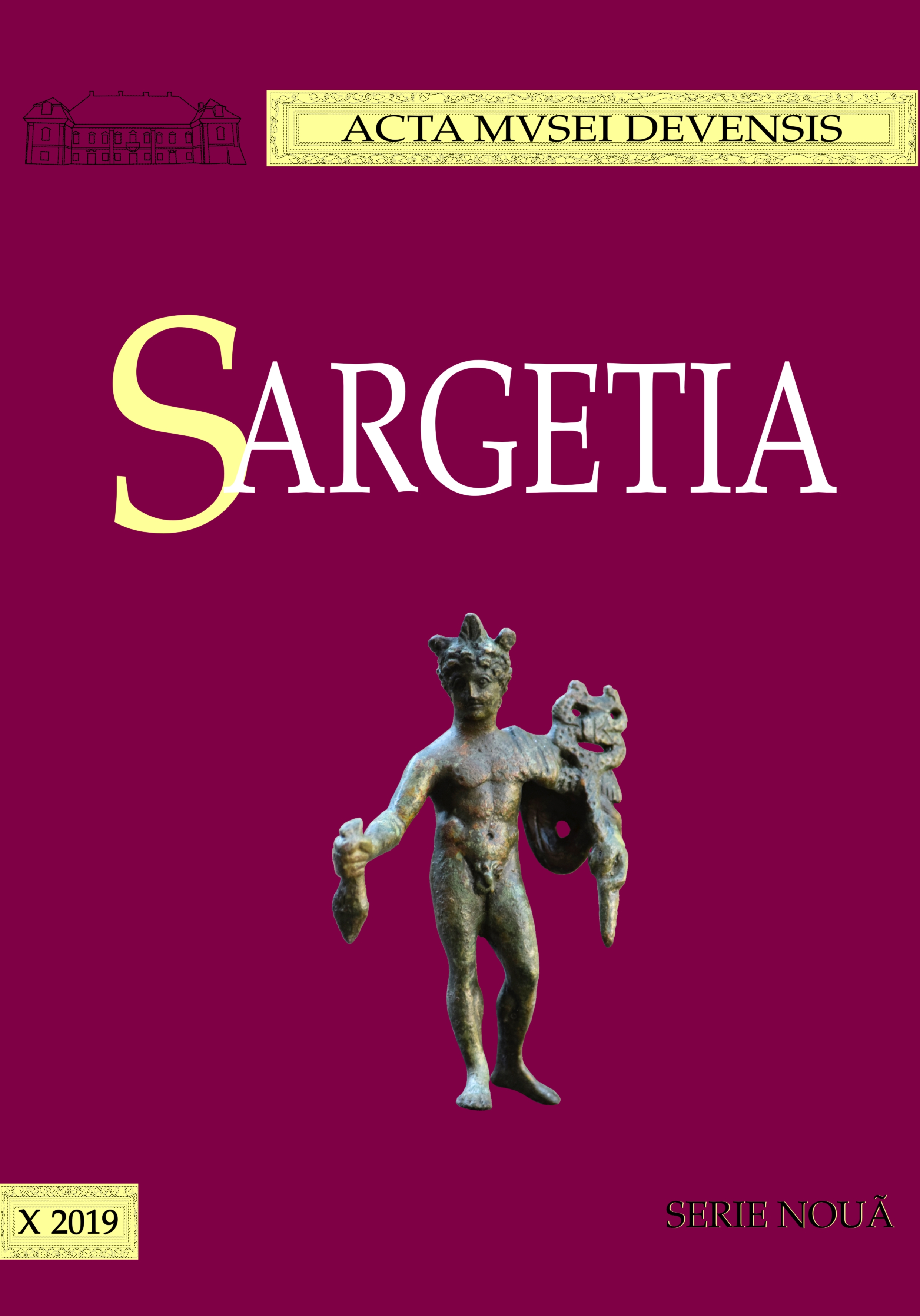Din nou despre stratigrafia Sarmizegetusei
și o colonia de veterani
Once Again About Sarmizegetusa’s Stratigraphy and a Veterans Colony
Author(s): Gică BăeşteanSubject(s): History, Archaeology
Published by: Editura Altip
Keywords: Sarmizegetusa; military camp; stratigraphy; veterans; civil settlement;
Summary/Abstract: The article tries to respond to materials that contain flagrant errors or perpetuate some clichés of Romanian historiography. About the Sarmizegetusa’s stratigraphy or a colony of veterans, though, without any analysis of the results already revealed by written materials or with radical returns on older views, attempts are made to impose personal and arbitrary views, who have nothing to do with the archaeological situation in the field, with the scientific argument or with a minimal logic of things. Regarding Sarmizegetusa’s stratigraphy, although it has been written for a long time, with different interpretations on the same subject, things have not been solved by any of the factions, as arguments have been used cancel each other or analogies more or less suited for the case of Sarmizegetusa. The great struggle between the two factions which have been formed around this theme focused on the existence of a military camp before the civilian settlement or on the absence of a substantial military presence. Some attempts to explain are extremely strange. For example, bringing an entire layer out of an unknown place to flatten the courtyard of the forum, eventually from an equally unknown battleground. What we can say at the moment about Sarmizegetusa’s stratigraphy, based on bibliography and the researches carried out so far, is that we can really speak of two wooden phases, but not those identified by Coriolan Horațiu Opreanu. Because, Mr. Opreanu says we have a military camp with the timber principia and the earth fortifications and barracks from Insula 3 are parts of different phases. On the other hand, this author deliberately neglects the second wooden phase present all around the principia, because this would already mean three wooden phases. It is about the principia and barracks from Insula 3, which represent the first wooden phase, when soldiers settle in Sarmizegetusa for the first time. The second phase is represented by the buildings found around the principia, when the civilians settle down in the military camp and start to build the stone city. Modifications were probably made under the influence of administrative changes, at least Iulius Sabinus and for a short period of time D. Terentius Scaurianus they dwelt here confronting great problems such as ending the hostilities with the Dacians and organizing Dacia’s colonisation. As far as a veteran colony is concerned this can not be sustained and has not even been seriously argued, it was just affirmed as a certitude. As the ancient authors tell us and based on the data from this moment, we can only discuss about a city where civilian colonists were the ones who start the construction of the stone city, probably with the help of some army specialists. In an attempt to prove a colony of veterans had been analogy an tried with the city of Poetovio, where we are told that from the time of Trajan veterans are no longer interested in becoming farmers. But the main occupation of Sarmizegetusa, not only in Antiquity but nowadays, too, is agriculture. And if we look at the numbers given by analogies of other towns where veterans settled, it can be noticed that all the veterans in the urban area of Dacia province number in total of 90 people, while Aquincum has 82 and Sarmizegetusa only 12.
Journal: Sargetia. Acta Musei Devensis
- Issue Year: 2019
- Issue No: 10
- Page Range: 11-32
- Page Count: 22
- Language: Romanian

